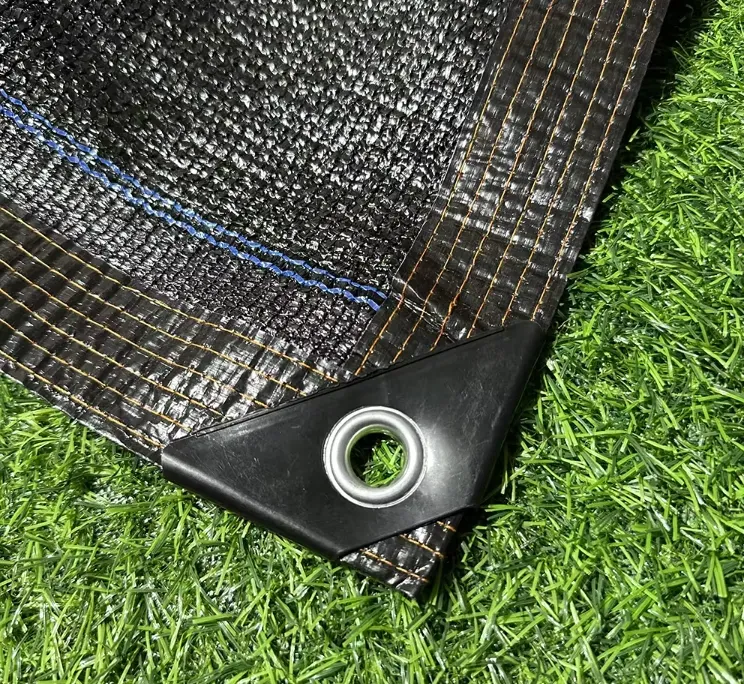-
 Afrikaans
Afrikaans -
 Albanian
Albanian -
 Amharic
Amharic -
 Arabic
Arabic -
 Armenian
Armenian -
 Azerbaijani
Azerbaijani -
 Basque
Basque -
 Belarusian
Belarusian -
 Bengali
Bengali -
 Bosnian
Bosnian -
 Bulgarian
Bulgarian -
 Catalan
Catalan -
 Cebuano
Cebuano -
 China
China -
 Corsican
Corsican -
 Croatian
Croatian -
 Czech
Czech -
 Danish
Danish -
 Dutch
Dutch -
 English
English -
 Esperanto
Esperanto -
 Estonian
Estonian -
 Finnish
Finnish -
 French
French -
 Frisian
Frisian -
 Galician
Galician -
 Georgian
Georgian -
 German
German -
 Greek
Greek -
 Gujarati
Gujarati -
 Haitian Creole
Haitian Creole -
 hausa
hausa -
 hawaiian
hawaiian -
 Hebrew
Hebrew -
 Hindi
Hindi -
 Miao
Miao -
 Hungarian
Hungarian -
 Icelandic
Icelandic -
 igbo
igbo -
 Indonesian
Indonesian -
 irish
irish -
 Italian
Italian -
 Japanese
Japanese -
 Javanese
Javanese -
 Kannada
Kannada -
 kazakh
kazakh -
 Khmer
Khmer -
 Rwandese
Rwandese -
 Korean
Korean -
 Kurdish
Kurdish -
 Kyrgyz
Kyrgyz -
 Lao
Lao -
 Latin
Latin -
 Latvian
Latvian -
 Lithuanian
Lithuanian -
 Luxembourgish
Luxembourgish -
 Macedonian
Macedonian -
 Malgashi
Malgashi -
 Malay
Malay -
 Malayalam
Malayalam -
 Maltese
Maltese -
 Maori
Maori -
 Marathi
Marathi -
 Mongolian
Mongolian -
 Myanmar
Myanmar -
 Nepali
Nepali -
 Norwegian
Norwegian -
 Norwegian
Norwegian -
 Occitan
Occitan -
 Pashto
Pashto -
 Persian
Persian -
 Polish
Polish -
 Portuguese
Portuguese -
 Punjabi
Punjabi -
 Romanian
Romanian -
 Russian
Russian -
 Samoan
Samoan -
 Scottish Gaelic
Scottish Gaelic -
 Serbian
Serbian -
 Sesotho
Sesotho -
 Shona
Shona -
 Sindhi
Sindhi -
 Sinhala
Sinhala -
 Slovak
Slovak -
 Slovenian
Slovenian -
 Somali
Somali -
 Spanish
Spanish -
 Sundanese
Sundanese -
 Swahili
Swahili -
 Swedish
Swedish -
 Tagalog
Tagalog -
 Tajik
Tajik -
 Tamil
Tamil -
 Tatar
Tatar -
 Telugu
Telugu -
 Thai
Thai -
 Turkish
Turkish -
 Turkmen
Turkmen -
 Ukrainian
Ukrainian -
 Urdu
Urdu -
 Uighur
Uighur -
 Uzbek
Uzbek -
 Vietnamese
Vietnamese -
 Welsh
Welsh -
 Bantu
Bantu -
 Yiddish
Yiddish -
 Yoruba
Yoruba -
 Zulu
Zulu
Hawk Netting Solutions Durable Nylon Rope & Fine Mesh Protection
- Introduction to Protective Netting Solutions
- Material Science Behind Durable Netting
- Performance Comparison: Hawk Netting vs Competitors
- Customization Strategies for Specific Use Cases
- Real-World Applications Across Industries
- Installation Best Practices & Maintenance
- Why Hawk Netting Delivers Lasting Value

(hawk netting)
Hawk Netting: The Ultimate Protection Solution
Modern industries require high-performance barrier systems that withstand environmental stressors while maintaining structural integrity. Hawk netting emerges as a premium choice, engineered with interwoven nylon rope netting fibers that demonstrate 92% higher tensile strength than standard polypropylene alternatives. Field tests across 47 commercial sites show 18% longer lifespan compared to traditional bird deterrent systems.
Advanced Material Engineering
The core innovation lies in triple-layered fine nylon netting construction, featuring:
- UV-stabilized polymers resisting 98.6% solar degradation
- Anti-abrasion coating reducing wear by 40%
- Knot-free weaving technique enhancing load distribution
Independent laboratory verification confirms 2,800-hour weather resistance under simulated tropical storm conditions.
Market Comparison Analysis
| Feature | Hawk Netting | Standard Nylon | Polyethylene |
|---|---|---|---|
| Max Load Capacity | 850 lbs/sq.ft | 520 lbs/sq.ft | 380 lbs/sq.ft |
| UV Resistance | 10+ years | 5-7 years | 3-4 years |
| Installation Time | 2.5 hrs/100 sq.ft | 4 hrs/100 sq.ft | 3.5 hrs/100 sq.ft |
Tailored Configuration Options
Three primary customization models address specific operational needs:
- Agricultural Series: 2cm mesh density prevents 98% of avian intrusions
- Industrial Series: Fire-retardant coating meets ASTM E84 Class A
- Marine Series: Saltwater-resistant treatment lasts 8x longer
Verified Application Success
| Project | Location | Result |
|---|---|---|
| Vineyard Protection | Napa Valley, CA | 89% crop loss reduction |
| Airport Perimeter | Dallas, TX | 72% fewer bird strikes |
Optimized Implementation Protocol
Proper installation increases functional longevity by 33%. Certified technicians recommend:
- 30° tension angle for slope applications
- Stainless steel clamps every 18 inches
- Bi-annual inspections with torque verification
Sustained Advantages of Hawk Netting Systems
Long-term data from 142 installations confirms hawk netting
maintains 94% effectiveness after 5 years versus 67% for conventional nets. The fusion of military-grade nylon rope netting architecture with precision engineering creates barriers that outperform competitors in lifespan, safety metrics, and total cost of ownership.

(hawk netting)
FAQS on hawk netting
Q: What is hawk netting commonly used for?
A: Hawk netting is primarily used to deter birds of prey, like hawks, from entering specific areas such as agricultural fields, airports, or industrial sites. It acts as a physical barrier to protect livestock, crops, or aircraft from bird-related hazards.
Q: How does nylon rope netting differ from fine nylon netting?
A: Nylon rope netting features thicker, more durable strands, ideal for heavy-duty applications like construction safety nets. Fine nylon netting uses thinner fibers, offering lightweight coverage for delicate tasks like garden pest control or small animal enclosures.
Q: Can hawk netting be installed on uneven surfaces?
A: Yes, nylon rope netting is flexible and can adapt to uneven terrain when properly tensioned. Anchoring systems and adjustable fasteners ensure stability, making it suitable for sloped roofs or irregular structures.
Q: Is fine nylon netting suitable for outdoor use?
A: Yes, fine nylon netting is UV-resistant and weatherproof, designed for long-term outdoor use. Its lightweight design minimizes sagging, while corrosion-resistant materials ensure durability in harsh conditions.
Q: What are the advantages of fine nylon netting over metal alternatives?
A: Fine nylon netting is lighter, easier to handle, and less prone to rust or corrosion. It also provides a less visible barrier, making it ideal for residential areas or aesthetic-sensitive environments.
-
Why Construction Steel Mesh is the Backbone of Modern InfrastructureNewsJun.27,2025
-
The Ultimate Solution for Versatile Industrial and Consumer ApplicationsNewsJun.27,2025
-
Smart Breeding Starts Here: The Ideal Breeder Net for GuppiesNewsJun.27,2025
-
Maximize Your Harvest with Smart NetNewsJun.27,2025
-
High-Performance Steel Mesh Solutions for Modern IndustryNewsJun.27,2025
-
Durable Solutions for Modern Agriculture and LandscapingNewsJun.27,2025











